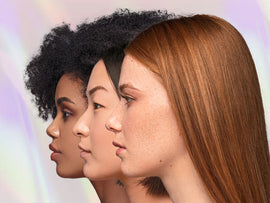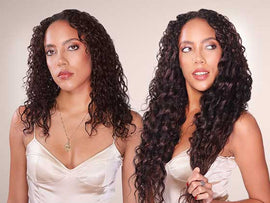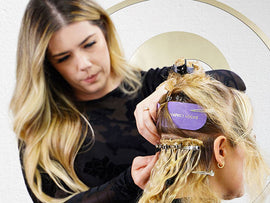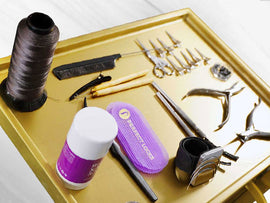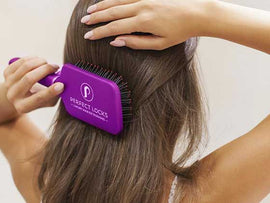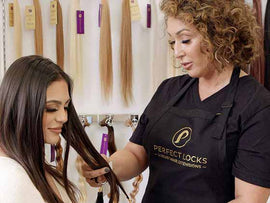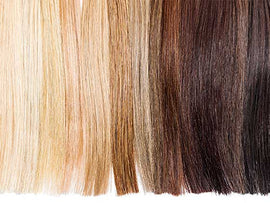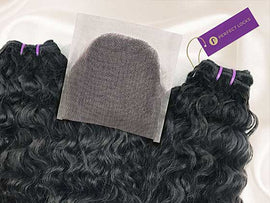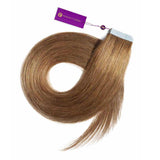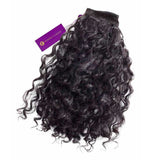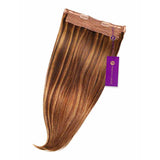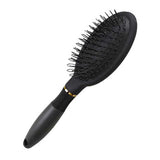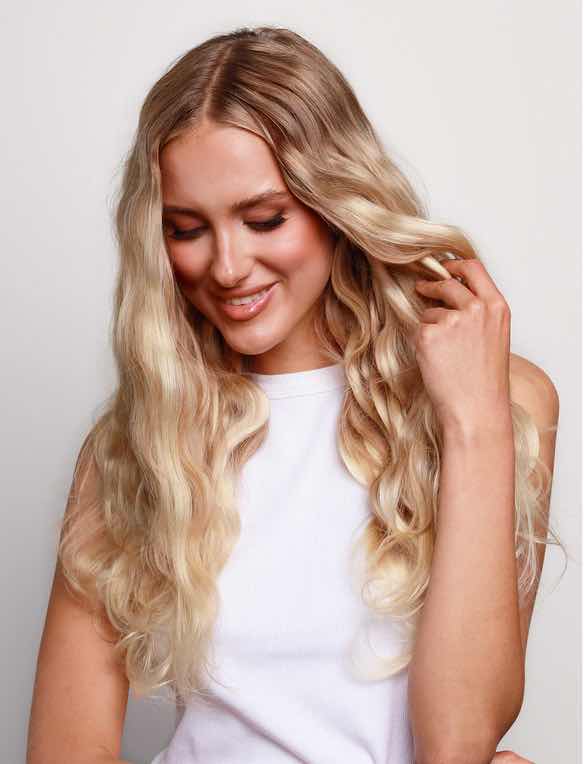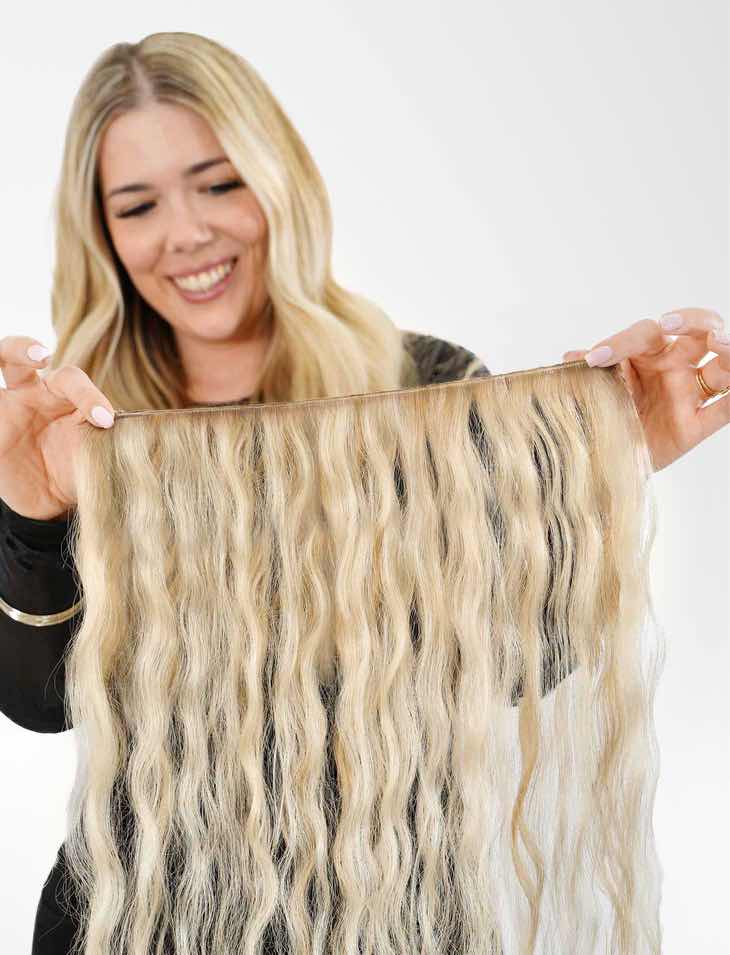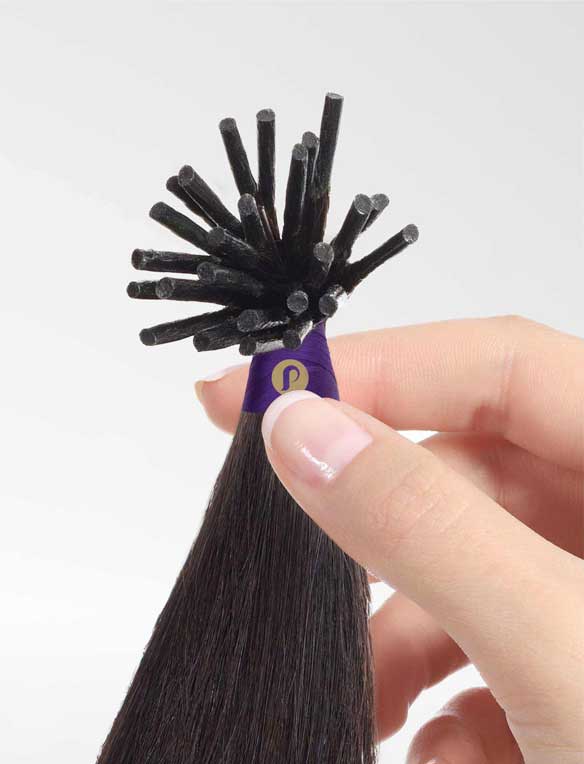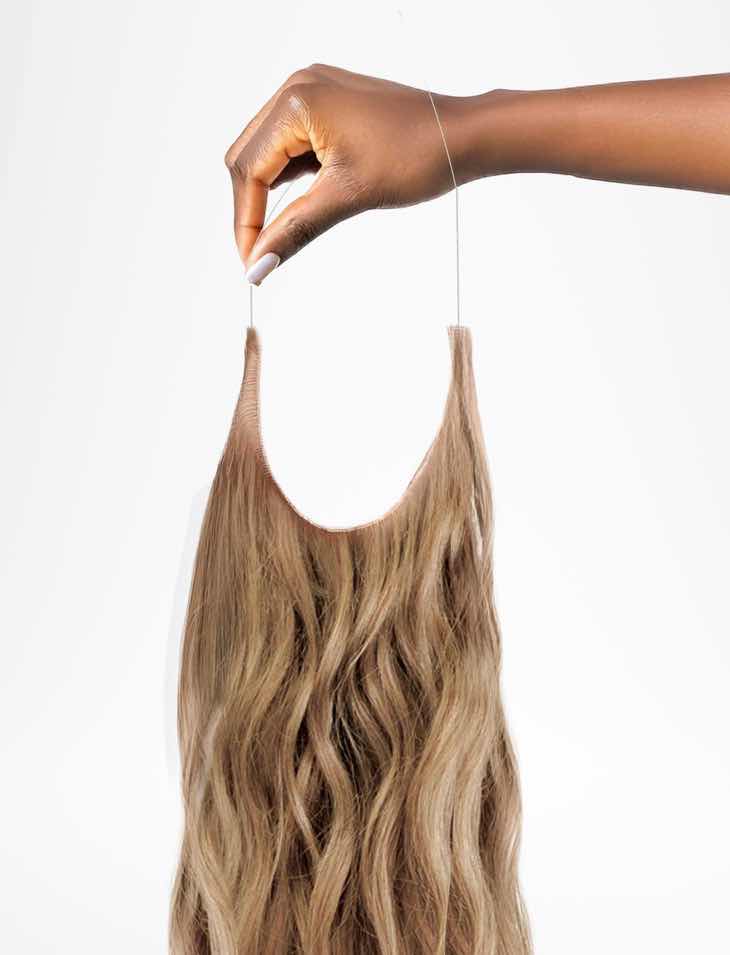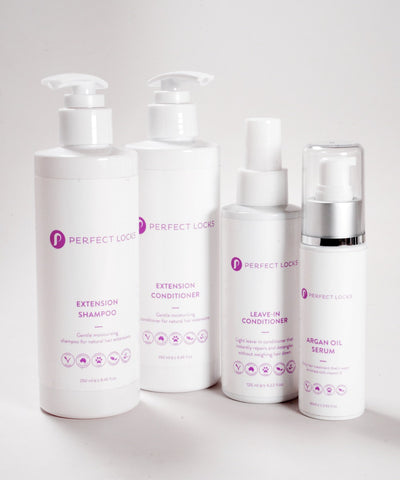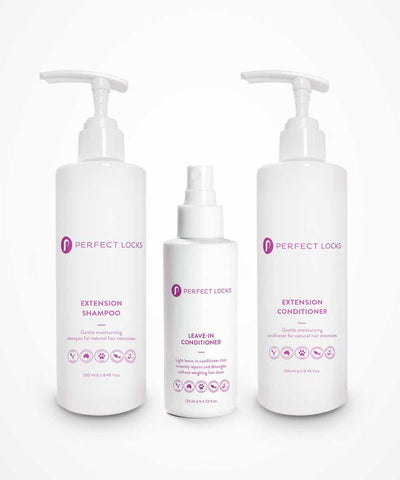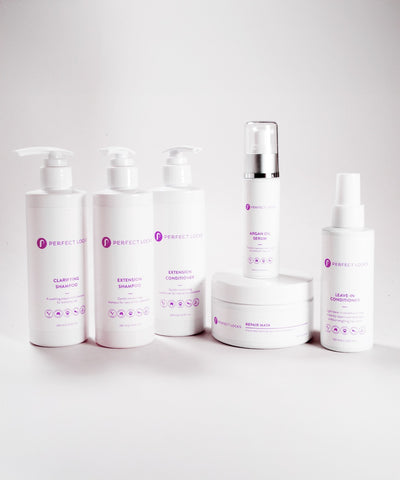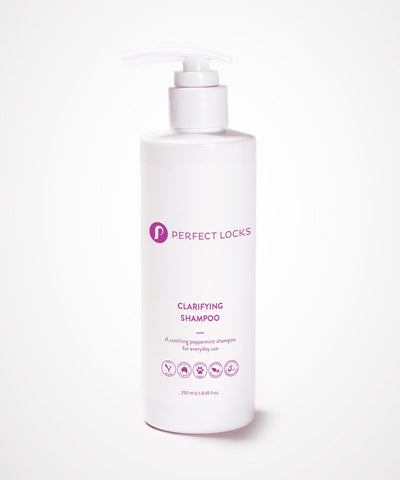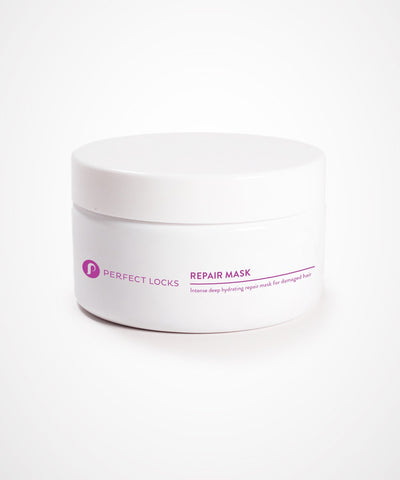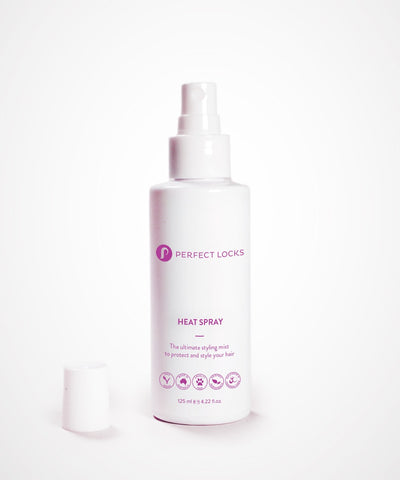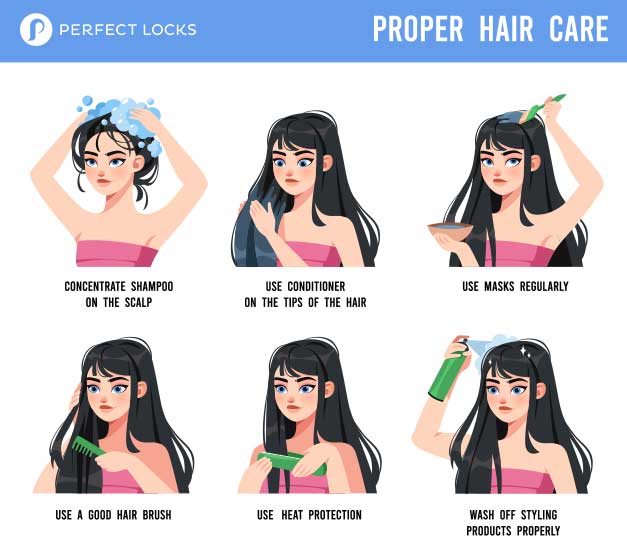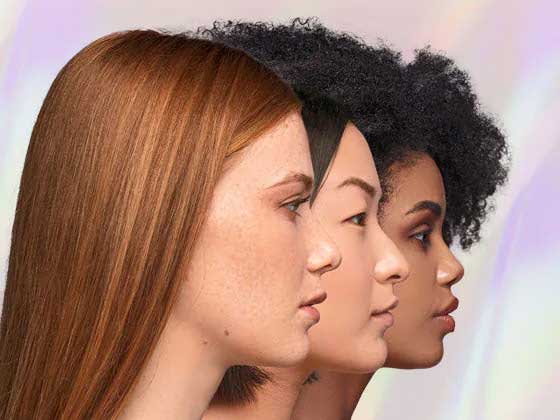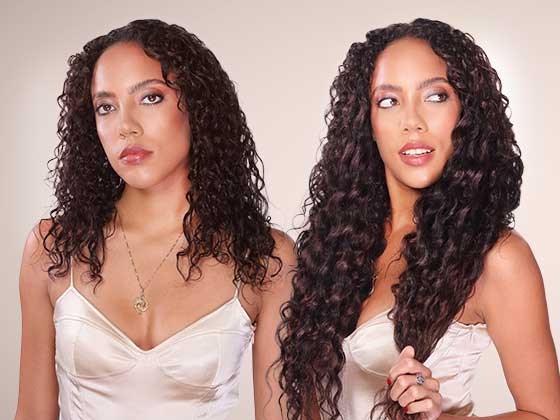Potential Risks of Hair Extensions for Thin Hair
While hair extensions can be a great solution for adding volume and length, they aren’t all created equal—especially for those with thin or fragile hair. Choosing the wrong type or failing to maintain them properly can lead to breakage, hair loss, and long-term damage. Understanding the risks will help you make an informed decision and keep your hair healthy.
Heavy Extensions & Improper Application
Certain types of hair extensions put too much strain on thin hair, leading to breakage or even traction alopecia (hair loss caused by constant pulling). If extensions are applied incorrectly or are too heavy, they can stress the hair follicles, weaken roots, and cause long-term thinning.
- Lifestyle & External Factors That Exacerbate Damage
- Thin hair is already delicate, and certain lifestyle habits or external conditions can make hair more prone to breakage, thinning, or damage when wearing extensions.
- Stress & Diet – Chronic stress or a poor diet can weaken hair follicles, making hair more susceptible to shedding. Ensure you’re getting enough biotin, iron, and omega-3s to keep hair strong.
- Overstyling & Heat Damage – Excessive heat styling weakens hair and extensions. Always use a heat protectant and keep styling to a minimum.
- Tight Hairstyles – Pulling hair into tight ponytails, braids, or buns can increase stress on the scalp, especially with extensions in place.
- Improper Maintenance – Using the wrong products, brushing aggressively, or failing to follow a care routine can shorten the lifespan of extensions and damage natural hair.
Avoid Overloading Your Hair
Wearing too many extension strands or using heavy methods can put excessive weight on your natural hair. If your goal is to add volume rather than just length, opt for fewer, well-placed extensions rather than a full head of thick wefts.
Take Breaks Between Installations
Even with the best extensions, it’s important to give your natural hair time to rest. Rotating between permanent and temporary methods (such as clip-ins or halos) allows your hair to recover and minimizes stress on the scalp.
Choosing the right extensions for thin hair is about more than just aesthetics—it’s about long-term hair health. By selecting lightweight, high-quality extensions and following proper care routines, you can achieve beautiful, voluminous hair without compromising the integrity of your natural strands.
For further guidance, check out:
If you’re unsure about which option is best for you, consult a stylist or reach out to our team for personalized recommendations!



